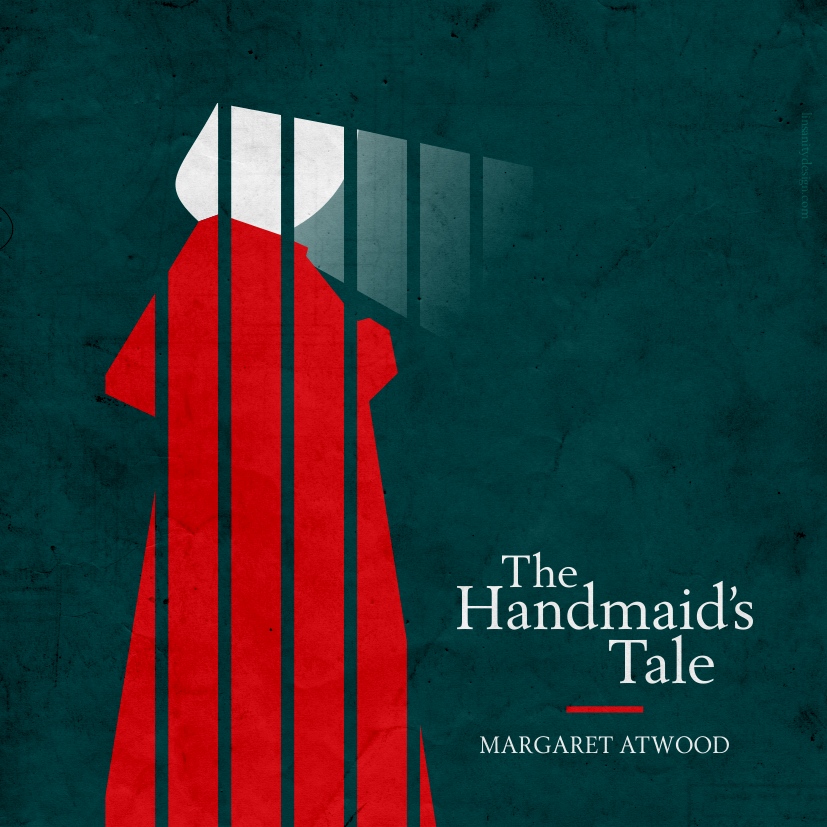The UK Supreme Court has today upheld the “Reynold’s Defence” claim made by The Times in the libel case of Flood v Times Newspapers Limited (background here).
The judgment has been welcomed by many (read Siobhan Butterworth at Guardian Law), and it’s certainly gratifying that journalists acting in a responsible manner attempting to get to the bottom of a difficult story have eventually been vindicated, but this is not a moment for unqualified celebration.
If anything, it simply demonstrates the severe limitations of the Reynolds Defence. Only if you’re a newspaper with deep pockets, willing and able to take the case all the way to the Law Lords (as in the case of Jameel) or today’s Supreme Court, can Reynolds work.
The Reynolds Defence picks out 10 key criteria in judging whether a publication can be said to be acting in the public interest. These are:
- The seriousness of the allegation. The more serious the charge, the more the public is misinformed and the individual harmed, if the allegation is not true.
- The nature of the information, and the extent to which the subject-matter is a matter of public concern.
- The source of the information. Some informants have no direct knowledge of the events. Some have their own axes to grind, or are being paid for their stories.
- The steps taken to verify the information.
- The status of the information. The allegation may have already been the subject of an investigation which commands respect.
- The urgency of the matter. News is often a perishable commodity.
- Whether comment was sought from the plaintiff. He may have information others do not possess or have not disclosed. An approach to the plaintiff will not always be necessary.
- Whether the article contained the gist of the plaintiff’s side of the story.
- The tone of the article. A newspaper can raise queries or call for an investigation. It need not adopt allegations as statements of fact.
10. The circumstances of the publication, including the timing.
These are hurdles which may be applicable to people operating in well-resourced newsrooms with proper processes in place. But as we have seen in recent years, an increasing number of libel cases have been taken against comment writers, human rights groups and bloggers who are simply not in the same position to make the necessary steps to fulfil Reynolds. Furthermore, as Lord Hoffman has acknowledged, the Reynolds Defence can be seen as a series of obstacles as much as guidelines. And the steps do not, in and of themselves, constitute a public interest defence.
Index, as part of the Libel Reform Campaign, has been persistent in calling for a strong public interest defence. The Defamation Bill as it currently stands merely codifies the Reynolds Defence, making it likely that it will become even more difficult for smaller media organisations and individuals to use the defence. The Libel Reform Campaign has argued for a fairer and simpler public interest defence where the defendant would be required to demonstrate that publication is on a matter of public interest. If the defendant is successful in proving this, then he or she would only lose the case if the claimant was able to show that publication was irresponsible. If the Defamation Bill makes it to the Queen’s Speech, then the next hurdle will be to lobby for a true public interest defence to which everyone has access, not only those who can afford to take a case all the way to the Supreme Court.




